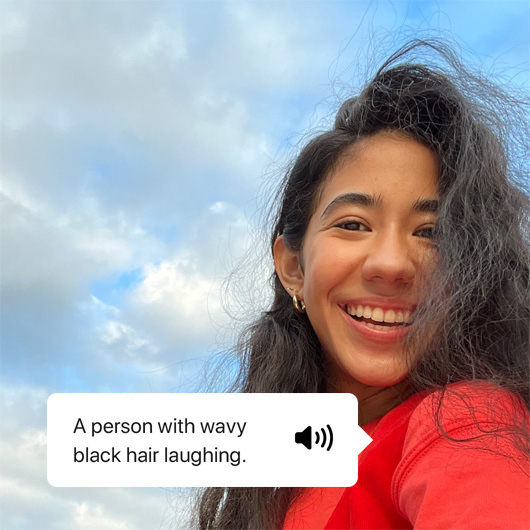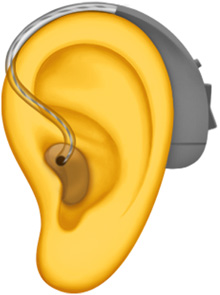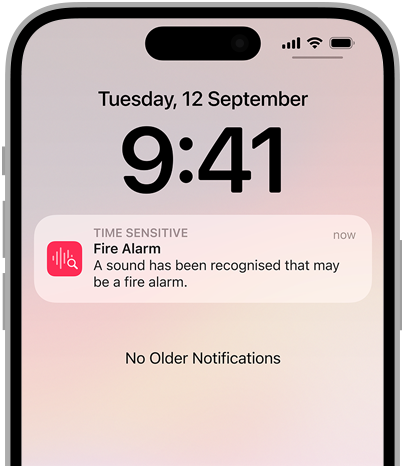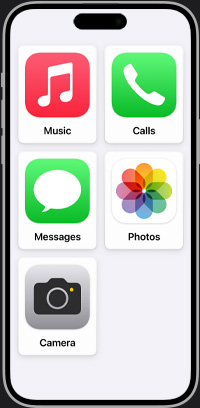Speech Innovations that speak volumes.
Personal Voice
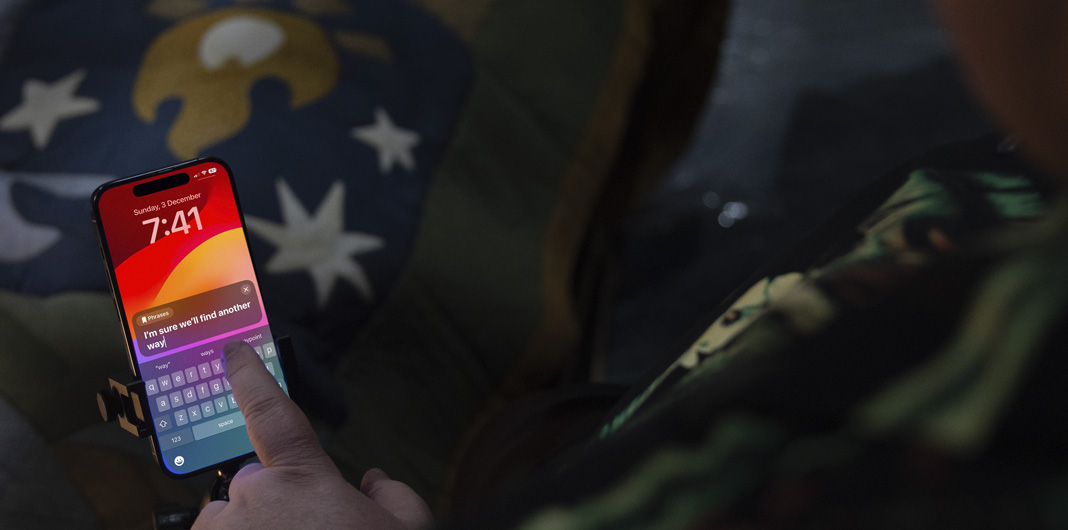
Re-create your own voice, so it’s never lost.
Personal Voice
If you are at risk of voice loss or have a condition that can progressively impact your voice, Personal Voice can help. It’s a simple and secure way to create a voice that sounds like you.1 Read through a series of randomly chosen text prompts to record 15 minutes of audio that can be used to generate a voice that sounds like you.2 This feature uses on-device machine learning to keep your information private and secure. And Personal Voice seamlessly integrates with Live Speech, so you can type what you want to say and have your iPhone, iPad or Mac speak it aloud in your Personal Voice.
Live Speech
Turn typing into talking.
Live Speech
With Live Speech on iPhone, iPad, Mac and Apple Watch, just type what you want to say and your device will speak it out loud. If you are unable to speak, have a speech disability or prefer to communicate through text, you can use Live Speech to stay connected during Phone and FaceTime calls as well as in-person conversations. Save commonly used phrases to easily respond during daily interactions or while having lively conversations with friends and loved ones.
Set up Live Speech on:
Siri Pause Time
Speak at
your own
speed.
Siri Pause Time
Siri can help you with the things you do every day — and can be customised to work with your own way of speaking or communicating.3 With Siri Pause Time, you can adjust the amount of time Siri waits before responding to your questions or requests, so you can speak comfortably before Siri interjects. Siri responds to type too. Set reminders, cue shortcuts and more, all through your keyboard.
Watch Apple Support videos on YouTube:
How to use Type to Siri on your iPhone and iPad instead of speaking







